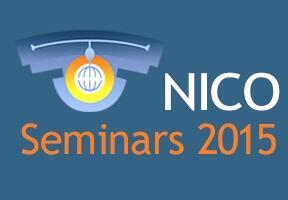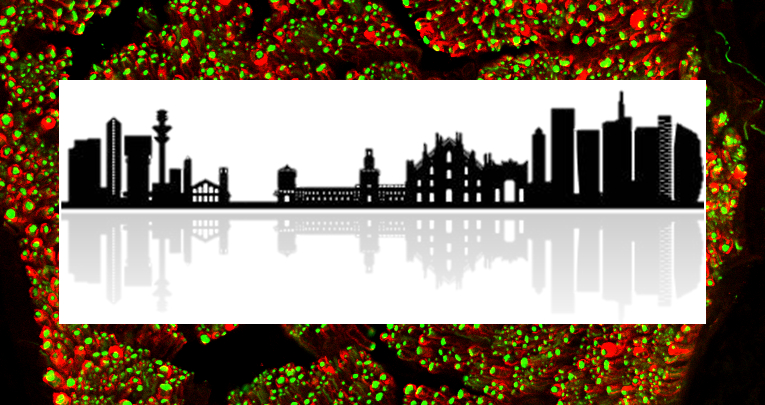Friday, 11th December - h 14:00
Seminars room, NICO
Neural connectivity networks of the mouse brain and their impairment in autism models
Alessandro Gozzi PhD
Functional Neuroimaging Laboratory, Center for Neuroscience and Cognitive Systems (CNCS)
Istituto Italiano di Tecnologia, Rovereto (TN)
Functional Magnetic Resonance Imaging (MRI) has consistently highlighted altered functional connectivity across brain regions of autism spectrum disorder (ASD) patients. However, the expression and neural substrates of these alterations are highly heterogeneous and often conflicting. Moreover, their neurobiological underpinnings and etiopathological significance remain largely unknown.
Connectivity mapping in mouse models recapitulating mutations or developmental aberrations relevant for ASD can help reconcile these discrepant findings, and establish causal links between genes, developmental processes and connectional architecture. Recent research performed in my laboratory has demonstrated the feasibility of reliably mapping macroscale fMRI connectivity networks in the mouse brain, leading to the identification of several distributed systems that can be related to known networks of the human brain, including plausible mouse precursors of the human salience and default mode (DMN) networks 1,2 .
In my talk I will illustrate recently published and unpublished examples of the application of this approach to establish causal relationship between connectivity alterations and ASD-related mutations (e.g. CNTNAP2 o 16p11.2 microdeletion), neuro-developmental aberrations (e.g. callosal agenesis 3 ) or impaired neuronal-microglia interactions 4 .
Collectively, our findings show that fMRI-based neural connectivity readouts in mouse ASD models can generate clinically-relevant neurobiological hypotheses, and begin to bring order to the “autism connectivity chaos”.
Host: Annalisa Buffo









